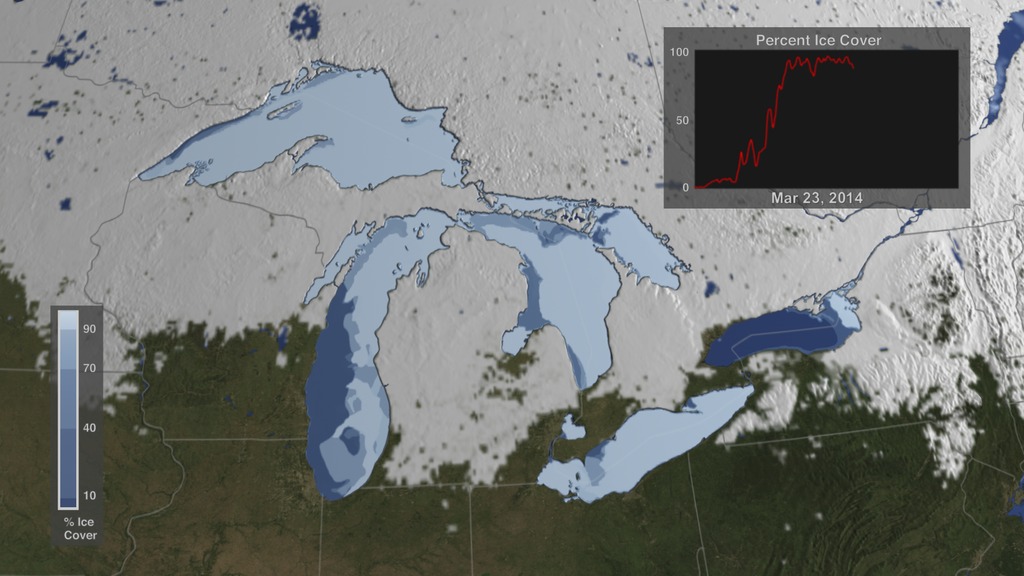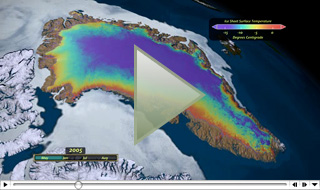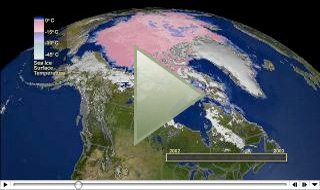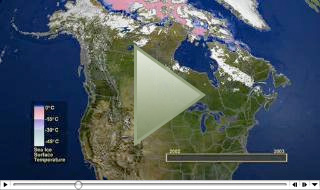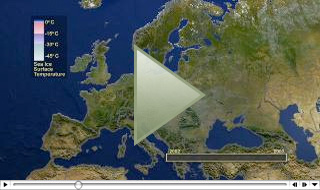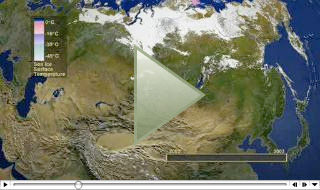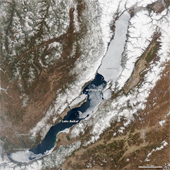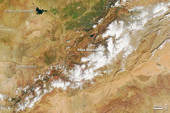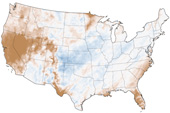
Detection of snow cover using Millimeter-wave Imaging Radiometer (MIR) data
Andrew Tait1, Dorothy Hall2, Jim Foster2, Al Chang,2 Andrew Klein3
1 Universities Space Research Association, 7501 Forbes Blvd., Suite #206, Lanham, MD 20706.
2 Hydrological Sciences, Code 974, NASA/GSFC, Greenbelt, MD 20771.
3 Department of Geography, Texas A&M University, College Station, TX 77843-3147.
ABSTRACT
Millimeter-wave Imaging Radiometer (MIR) data, collected from a NASA ER-2 flight over the Great Lakes region and New England in February 1997, are used to identify snow cover. Data at 89, 150, and 220 GHz are compared with the Moderate Resolution Imaging Spectroradiometer (MODIS) snow cover product. Additional datasets used in this analysis are the International Geosphere Biosphere Programme (IGBP) land cover classification and the MODIS cloud cover mask. Results show that for cloud-free scenes, the MIR data are well related to the snow and vegetation cover. Under cloudy conditions the MODIS snow mapping algorithm, which uses visible and near-infrared data, is unable to detect snow cover. However, the surface cover is still clearly discernible in the MIR images. It is suggested that high frequency microwave data may be used to supplement the MODIS, or other visible and near-infrared derived snow cover products, during cloudy conditions. The development of snow cover algorithms combining future Earth Observing System (EOS) microwave, visible, and infrared data are discussed.
>
